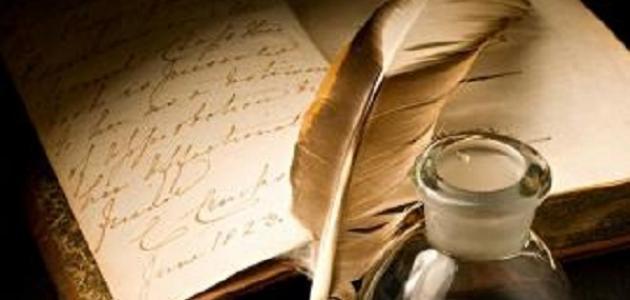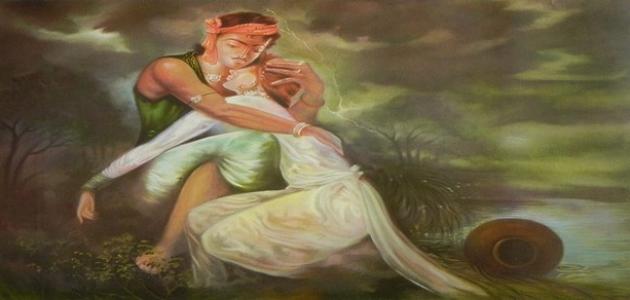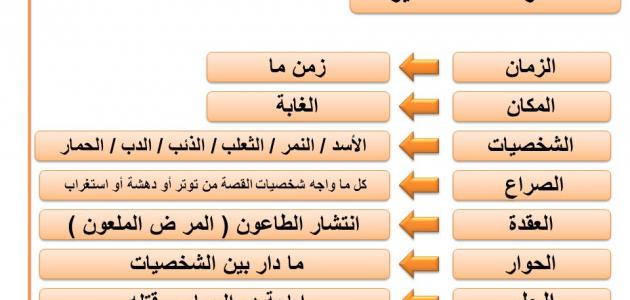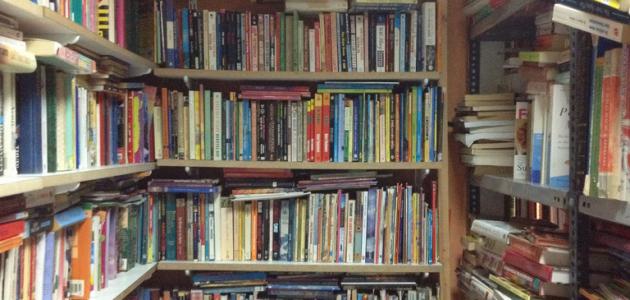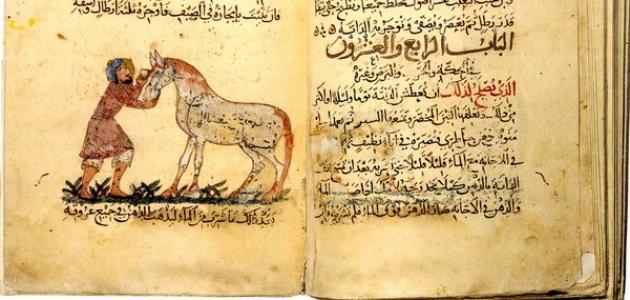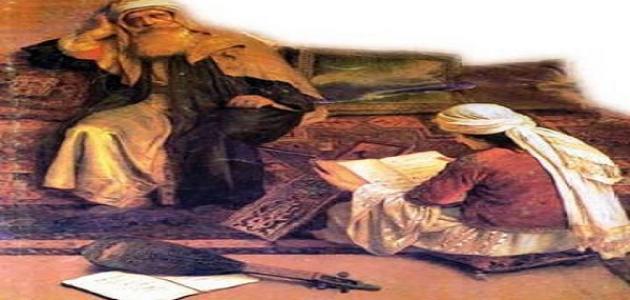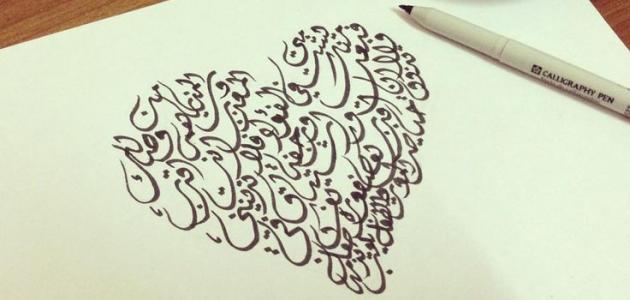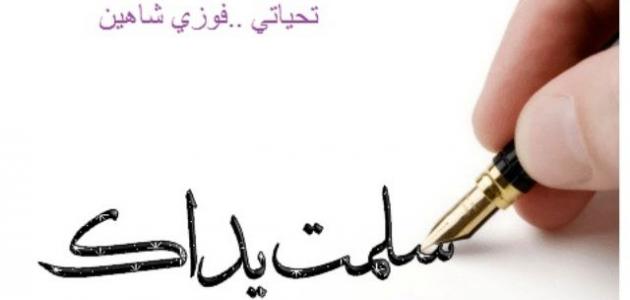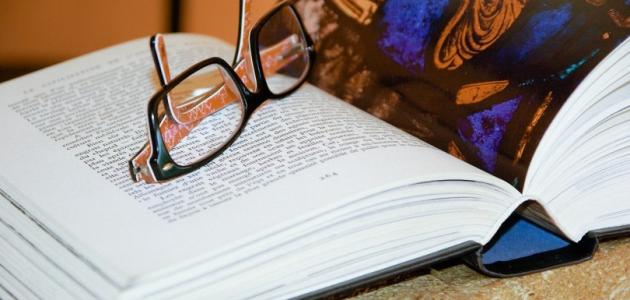the novel
The novel is defined as prose literature and storytelling, and it is a development of the art of the short story, in terms of length, form, content, and language. These arts are the basis of the Arabic novel.
Novel elements
Every art in Arabic literature has elements and foundations on which it is based, and in its totality it forms art, and the novel is one of the arts that contains many elements, without which the novel loses its value and its ability to communicate ideas, and among these elements:
- The narrator: One of the most important elements of the narration is the narrator. He is usually the person who knows all aspects of the narration, including personalities, events, and ideas. There are different types of narrators:
- Neutral narrator: He is the hidden narrator, or not visible, but he knows everything that goes on in the characters’ thoughts, and what goes on in the world of the novel accurately, and this type of narrator was used by Naguib Mahfouz in his novel Between the Two Palaces.
- The narrator who tells about himself: This narrator is part of the novel, as he expresses his feelings, but he does not have the ability to explain and clarify the feelings of others, because he does not know them.
- Time and place: We mean here the time of the novel, which combines the general time period in which the events occurred, and the specific time of the novel such as the month or day, and the place of the novel in which the events took place, which the writer describes accurately and in detail to put the reader in the atmosphere of the novel.
- The knot: This is the element of suspense and excitement in the novel. When the conflict begins, events develop, affecting the lives of the characters, and pushing them to solve the knot. This element appears in the first scenes of the novel, and its solution is known as the knot’s solution.
- Characters: They are the element of movement in the novel, as they are supposed to be inspired by reality, carry hopes and fears, have strengths and weaknesses, and work to reach their goal. .
- Dialogue: It is the conversation that embodies the events of the novel, and clarifies them.
- Idea: It is the subject of the novel, through which a certain value is discussed, and it is the first focus of the novel.
- Plot: It is the course of the events of the story towards a solution, and in the novel the events sequence naturally, escalating and then resolved.
- Imagination, styles and language.
Types of novels
There are different types of novels, and the difference of these novels depends on the difference in the basic idea of the novel and its content, including:
Read also:Characteristics of description in Andalusian poetry- Social novels.
- Historical novels.
- Police novels.
- Fantasy novels.
- Philosophical novels.
- Speculative novels.
- Sentimental or romantic novels.
- Political novels.
- Biography, provided that it contains a novelist who recounts the events.
Literary schools under which literary novels fall
- classic.
- realism.
